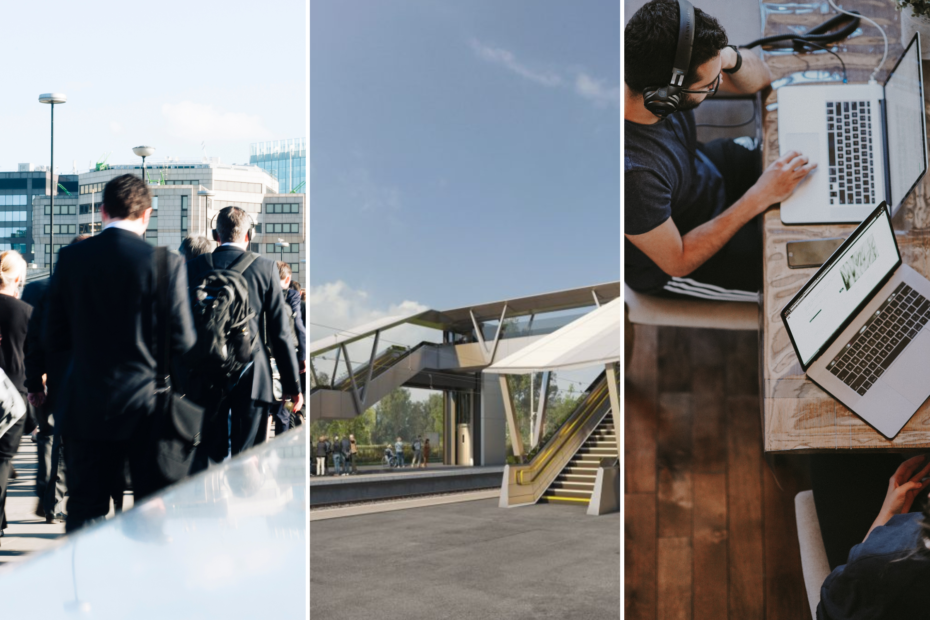Economies of scale through harmonising selected standards
Offsite construction and a design-for-manufacture approach only become economically viable when there are economies of scale. Without common standards that is difficult to achieve.
In the UK infrastructure sector, all the major clients – Transport for London (TfL), Network Rail, National Highways, High Speed 2 (HS2) and East West Rail – have their own standards, which have developed in response to their different environments and histories. It would be unrealistic to expect that all standards could be harmonised, however it could make sense to identify some high-impact elements where standards could be shared.
This project took the example of footbridges to prove the concept of harmonised standards. The anticipated project pipeline for footbridges is more than £200m over the next five years, so small proportions of savings would more than justify the cost of developing a common standard.
On behalf of the steering group for the project, Network Rail commissioned consultant WSP to develop a methodology for harmonising standard which came up with a four-step process: Stage 0 is about getting board-level buy-in; Stage 1 identifies commonalities and differences; Stage 2 sees the development of shared requirements; Stage 3 involves publishing and governance, making sure just the one version of the standard is being used; and Stage 4 is about keeping it up to date.
The project tested out the methodology on footbridges. Perhaps not surprisingly, Stage 2 took the most effort, involving several iterations and the involvement of specialists outside the core group.
This exercise suggests that the biggest benefits will come from economies of scale – rather than due to optimising elements of the standards. However, one bonus finding was that no standard vertical clearance exists for footbridges over railways, which means that time is spent discussing and deciding the clearance for each project – until now. Similar discoveries during the harmonisation of other standards could reveal other similar scenarios.

